Inbox and Environment News: Issue 371
August 12 - 18, 2018: Issue 371
Newport Community Garden: Working Bee Second Sunday Of The Month
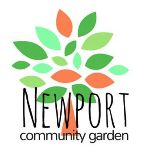 Newport Community Gardens Inc. is a not for profit incorporated association. The garden is in Woolcott Reserve.
Newport Community Gardens Inc. is a not for profit incorporated association. The garden is in Woolcott Reserve.Greening Your Home - Eco Retrofitting The Suburbs - Special Event
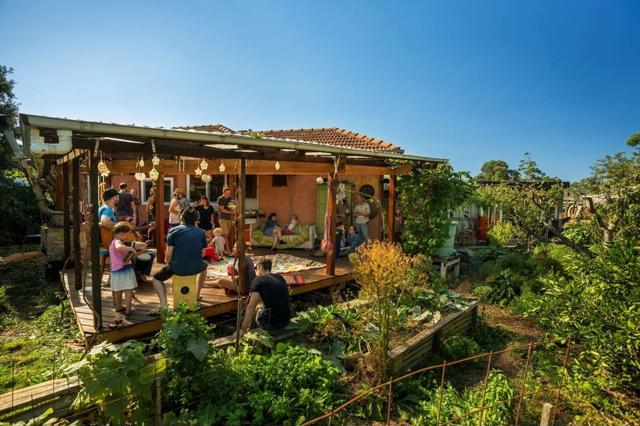
9 Million More Ways To Save Threatened Species
Tuesday June 26, 2018: NSW Minister for the Environment, The Hon. Gabrielle Upton
The NSW Government has put $9 million on the table to deliver more local projects to save threatened species.
"This is the first time this scale of funding has been available to the community from the Saving our Species (SOS) program," Environment Minister Gabrielle Upton said.
"The new grants program is designed to maximise the number of species that can be secured in the wild under the NSW Government's Saving our Species initiative.
"Saving our Species is investing $100 million over five years to secure populations of threatened species in the wild. Projects are currently in place for some 350 species. Applications open today and I encourage groups to apply for funding for local projects," Ms Upton said.
"By creating long-term partnerships between the NSW Government, community groups and other organisations, more threatened plants and animals can be managed and supported. All applicants are strongly encouraged to develop and deliver projects with other collaborating partners."
Minister Upton announced the grant funding at a function for the Foundation for National Parks and Wildlife held in Manly today.
"This grant is a tremendous opportunity for community groups and organisations to identify a threatened or iconic species and seek shared funding for a project," said the Member for Manly, James Griffin.
"Here in Manly, native animals such as the Long Nosed Potoroo on North Head have benefitted from Save our Species funded programs.
"It's a win for the community, a win for the environment and, most importantly, it's a win for animals facing the threat of extinction," he said.
Under the program individual grants of up to $350,000 are available for projects that will run for 7 years and will require a contribution from the successful organisation and project partners.
Applications are open from 26 June – 13 August 2018.
More information and forms on the: Saving Our Species Contestable Grants Program 2018 webpage
Entries Open For 2018 NSW Farmers Of The Year Award
New Rules To Help Mulloway Recovery
Katandra Season 2018
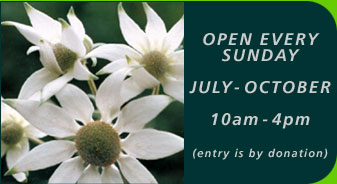
Pittwater Reserves

Bee Keeping Talk At Warriewood
 Thursday, September 27, 2018
Thursday, September 27, 2018PNHA Newsletter 76
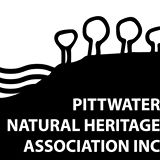
Friends Of Narrabeen Lagoon Catchment August 2018 Forum
 Next forum: Creeks in the Catchment
Next forum: Creeks in the CatchmentFarmers Given More Power To Manage Roos
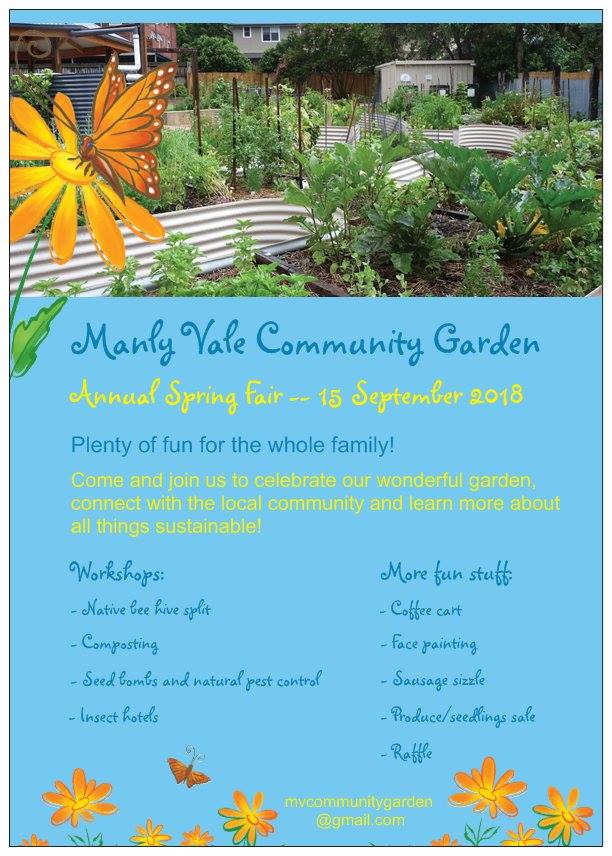
Permaculture Northern Beaches
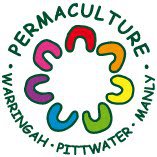 Manly • Warringah • Pittwater | Sydney
Manly • Warringah • Pittwater | SydneyEarth At Risk Of Heading Towards 'Hothouse Earth' State

Delightful Diamond Firetails - Capertee Valley
Yellomundee Living Culture Camp 2018
Mojave Desert Birds Crashed Over The Last Century Due To Climate Change
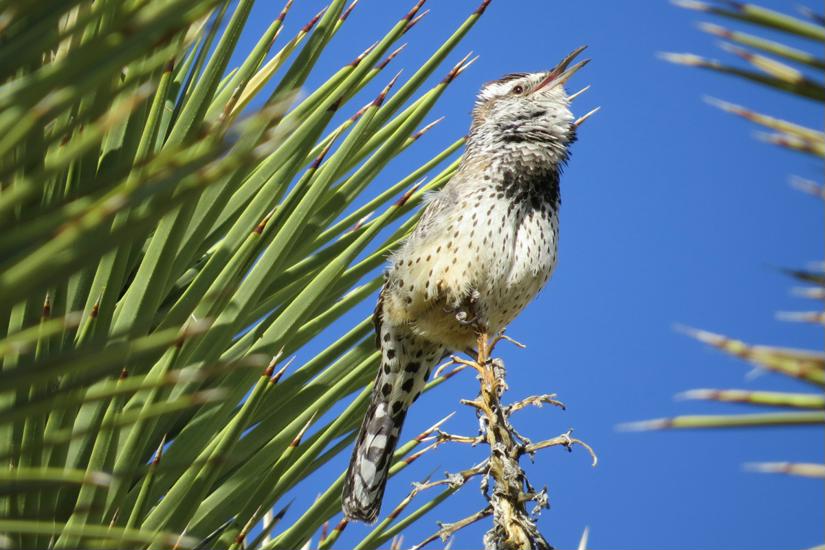
For The First Time, Scientists Are Putting Extinct Mammals On The Map
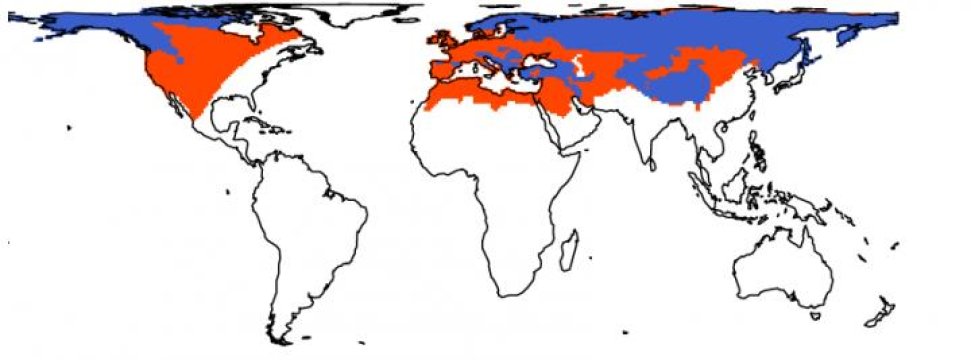
Powerful Owl Release
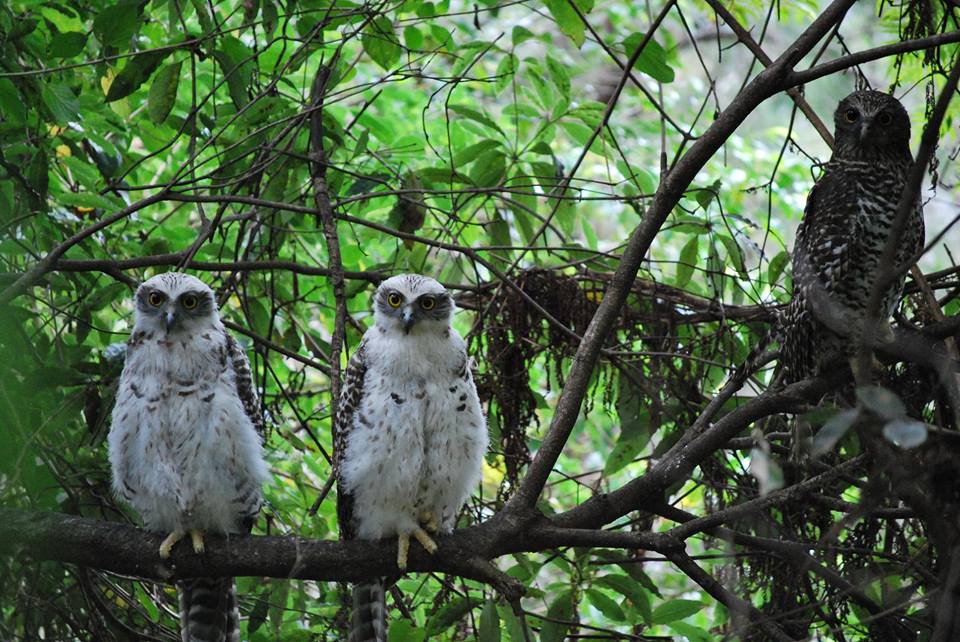
Fight Against Phytophthora In NSW Gets $174,000 Boost
Free Meningococcal Vaccine For NSW Students
Quicker Diagnosis And Help For Stroke Victims
My Health Record Opt-Out Period Extended
Job Training To Support Vulnerable Youth
Discovery Presents Treatment Hope For Alzheimer's And Other Neurodegenerative Diseases
New Vision For Sydney Tech Industry
Developing Female Leaders In The Australian Sport Sector
New Rent Program Assists Those In Need Avoid Homelessness
- Rent Choice Start Safely
- Rent Choice Youth
- Rent Choice Veterans
- Deeper Subsidy
- Moderate Income
London Calling! Travellers Seek 'Trust' In Holiday Destinations
$1.3 Million To Address Prostate Cancer And Male Infertility
$18 Million For Medical Research To Improve Women’s Health
Disclaimer: These articles are not intended to provide medical advice, diagnosis or treatment. Views expressed here do not necessarily reflect those of Pittwater Online News or its staff.